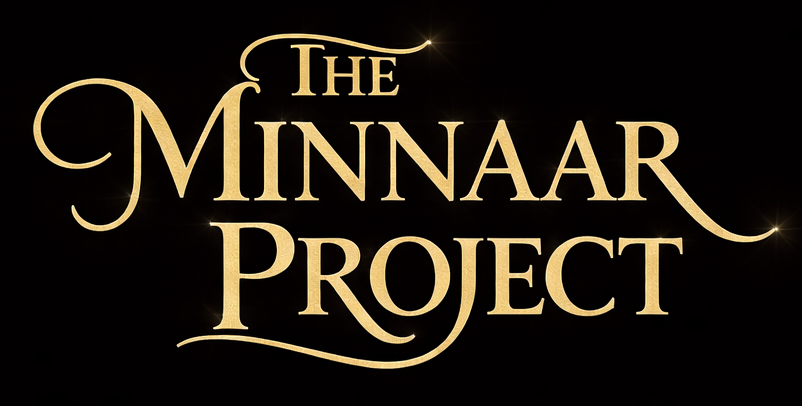Readymade Art:
“Readymade” art refers to a type of artistic practice where an artist selects and presents everyday, mass-produced objects or found items as works of art, without altering or transforming them in any significant way. The term was popularized by the French artist Marcel Duchamp in the early 20th century, who famously submitted a urinal turned on its side, titled “Fountain” (1917), to an art exhibition and signed it with a pseudonym. This work challenged traditional notions of what constitutes art and raised questions about the role of the artist in the creative process.
In a readymade artwork, the artist’s choice and presentation of the object, rather than any physical alteration or modification, is what defines the work as art. This approach often involves a sense of humor, irony, or conceptual playfulness, as the artist draws attention to the arbitrary nature of artistic value and the role of the art world in determining what is considered art. Some examples of readymade art include Duchamp’s “Fountain,” which was never actually displayed in its original form, but rather as a reproduction or as a replica, as well as more recent examples like Jeff Koons’ “Balloon Dog” (1994-2000), which is a stainless steel sculpture of a balloon dog that is mass-produced and sold as art.
Readymade art can be seen as a challenge to traditional notions of artistic skill, craftsmanship, and authenticity, as well as a critique of the art market and the ways in which it values certain types of objects over others. It also raises questions about the relationship between art and the world, and the role of the artist in shaping our understanding of reality.
Conceptual Art:
Conceptual art is an art movement that emerged in the 1960s, characterized by a focus on ideas, concepts, and theories, rather than on traditional artistic skills and techniques. Conceptual artists often reject the idea that the physical object or the artist’s manual skill is the primary concern of art, instead choosing to emphasize the idea or concept behind the work.
Conceptual art can take many forms, including text-based works, performances, photographs, and installations. It often involves the use of language, theory, and text to explain and contextualize the artwork, and it frequently challenges traditional notions of what constitutes art. Conceptual artists may create works that are ephemeral, site-specific, or exist only as ideas or plans, rather than as physical objects.
Some key characteristics of conceptual art include:
1. Emphasis on the idea: Conceptual art prioritizes the idea or concept behind the work over the physical properties of the object itself.
2. Rejection of traditional art skills: Conceptual artists often reject the idea that artistic skill and craftsmanship are necessary for creating art.
3. Use of language and theory: Conceptual art frequently involves the use of language, theory, and text to explain and contextualize the artwork.
4. Interdisciplinary approach: Conceptual art often blurs the boundaries between art and other disciplines, such as philosophy, literature, or anthropology.
5. Emphasis on the process: Conceptual artists may be more interested in the process of creating the work than in the finished product.
Some well-known conceptual artists include Marcel Duchamp, Sol LeWitt, Yoko Ono, Joseph Kosuth, and Dan Flavin. Conceptual art has had a significant impact on contemporary art practices, and it continues to influence artists today.
How does “readymade” art relate to “conceptual” art?
“Readymade” art and “conceptual” art are closely related movements in modern and contemporary art. Both movements emerged in the mid-20th century, and they share many similarities in their questioning of traditional notions of art and the role of the artist. Here are some ways in which they are connected:
1. Focus on ideas: Both readymade and conceptual art place a strong emphasis on the idea or concept behind the artwork, rather than the physical properties of the object itself. In readymade art, the concept is often the choice and presentation of the object, while in conceptual art, the concept may be more explicitly stated or theorized by the artist.
2. Rejection of traditional art skills: Both movements reject the idea that artistic skill and craftsmanship are necessary for creating art. Readymade artists chose objects that are already mass-produced, while conceptual artists often focus on ideas that do not require manual skill to execute.
3. Emphasis on language and theory: Conceptual art, in particular, often involves the use of language, theory, and text to explain and contextualize the artwork. Readymade art can also be seen as a form of linguistic play, as artists like Marcel Duchamp and others use titles, descriptions, and other textual elements to engage with the work.
4. Critique of the art market: Both readymade and conceptual art challenge the art market’s traditional values and hierarchies, as they often involve the use of non-traditional materials and techniques, or the presentation of objects that are not easily marketable as art.
5. Interdisciplinary approach: Readymade and conceptual art often blur the boundaries between art and other disciplines, such as philosophy, literature, or anthropology, as they engage with ideas and concepts from these fields.
While readymade art tends to focus on the choice and presentation of existing objects, conceptual art often involves the creation of new works that are specifically designed to explore and articulate ideas. However, both movements share a commitment to challenging traditional notions of art and the role of the artist, and they continue to influence contemporary art practices today.

